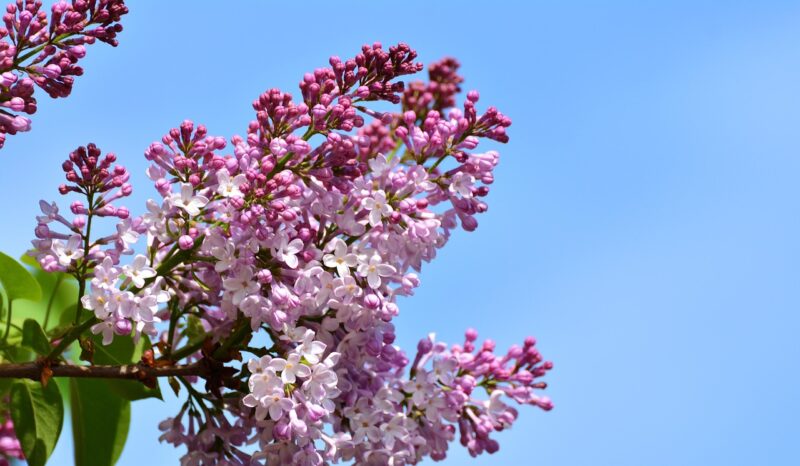This guide will lead you through everything you need to know about the optimal locations for your lilac bush, from environmental factors to design considerations.
Understanding Lilac Varieties
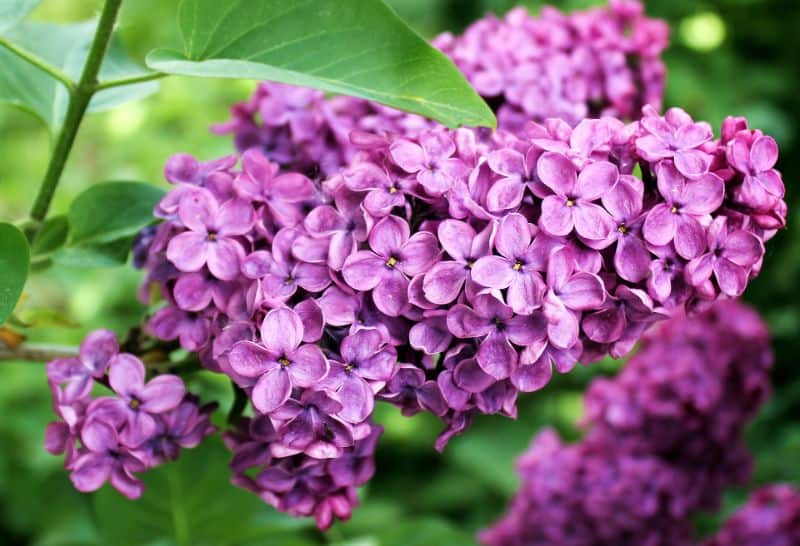
Before discussing the best planting locations for lilacs, it’s important to understand the different varieties. Lilacs belong to the genus Syringa, and there are over 20 species, along with numerous cultivars. The most common types include:
Common Lilac (Syringa vulgaris): Known for its fragrant blooms. It grows tall and robust, often reaching heights of 8 to 15 feet.
Japanese Lilac (Syringa reticulata): This variety boasts creamy white flowers and is characterized by its more tree-like growth, typically standing 20 to 30 feet tall.
Dwarf Lilac (Syringa meyeri): Perfect for smaller gardens, this variety reaches about 3 to 4 feet in height and is known for its compact form.
When considering where to plant a lilac bush, it’s essential to note the specific variety you have, as its growth habit will influence its placement in your garden layout.
Sunlight Requirements
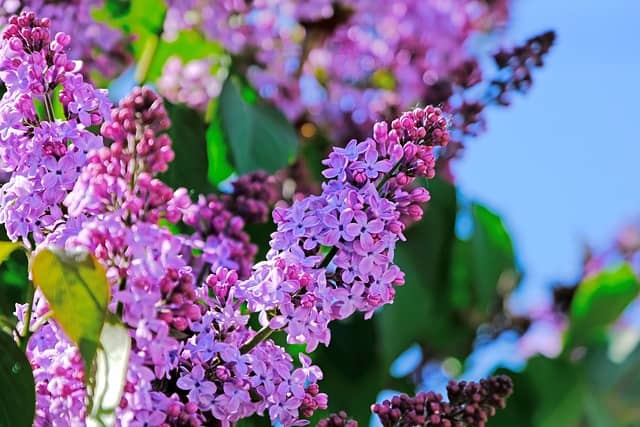
One of the most critical factors in deciding where to plant a lilac bush is sunlight exposure. Lilacs thrive in full sun, meaning they require at least six hours of direct sunlight each day.
Choosing the Right Spot
When scouting for a location in your garden, seek out south-facing slopes or locations that receive direct sunlight throughout most of the day. Areas that are shielded from the afternoon sun may not provide the intense light lilacs crave to produce robust blooms. If you notice existing trees or buildings casting shade over a potential planting site, consider pruning or removing them to ensure your lilacs receive full exposure.
Maximum Blooming Potential
Keep in mind that lilacs bloom best when their flower buds are exposed to full sun. If planted in a shaded area, you might see fewer blooms and weaker growth. For optimal results, choose a spot that has a combination of bright sunlight and some protection from harsh winds—especially in regions with unpredictable weather.
Soil Composition and Drainage

Next to sunlight, the soil composition plays a crucial role in the health of your lilac bush. Lilacs prefer well-drained soil that is rich in organic matter, with a pH level ranging from neutral to slightly alkaline (approximately 6.5 to 7.0).
Testing Soil Quality
Before planting, it’s wise to test the soil in your potential planting area. You can use a home testing kit or send a sample to a local extension service for analysis. If your soil is too acidic, consider adding lime to raise the pH levels. Conversely, if the soil is overly alkaline, incorporating elemental sulfur may help balance it out.
Improving Poor Soil
In scenarios where the existing soil lacks the desired nutrients or drainage capabilities, amending it may be necessary. Adding compost or well-rotted manure can improve nutrient levels and create a looser texture that allows for better drainage. Raised beds can also work wonders if your native soil is heavy clay or overly compacted.
Space Considerations
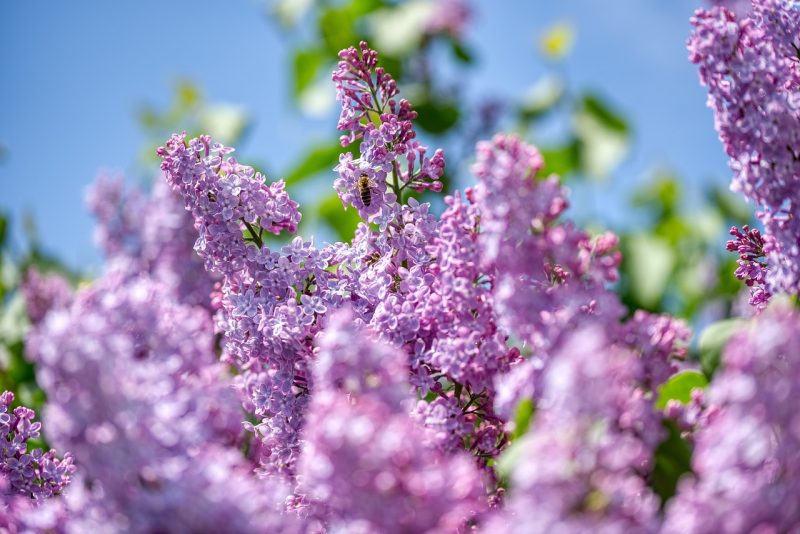
Lilac bushes can grow quite large, depending on the variety, so planning for adequate spacing is critical.
Allowing for Growth
When planting your lilac bush, ensure you give it ample space to grow. In general, leave about 5 to 15 feet between each bush, depending on their anticipated size upon maturity. If you’ve selected a dwarf cultivar, you can reduce this spacing to about 3 to 5 feet apart.
Creating Garden Cohesion
In addition to allowing for plant growth, consider how the lilac bush fits into the overall garden design. They can be effective as a standalone specimen, used in hedges, or planted in clusters. Think about the visual layers you’re creating; tall lilacs can provide a backdrop for shorter flowering plants, combining textures and colors that enhance the beauty of your landscape.
Wind Protection and Microclimates

As lovely as lilacs are, they can be susceptible to damage from strong winds or harsh weather. Protecting these beautiful shrubs from severe conditions will not only support their growth but also prolong their lifespans.
Creating Natural Windbreaks
If you live in an area prone to high winds, consider planting your lilacs near fences, walls, or other structures that can serve as windbreaks. Additionally, groups of plants can absorb wind pressure more effectively than isolated specimens, creating a more stable environment for individual plants.
Utilizing Microclimates
You may also find sheltered areas or microclimates within your garden that experience slightly different conditions due to terrain or surrounding vegetation. These microclimates can be excellent places to plant lilacs since they might offer a combination of warmth and protection.
Seasonal Aspects to Consider
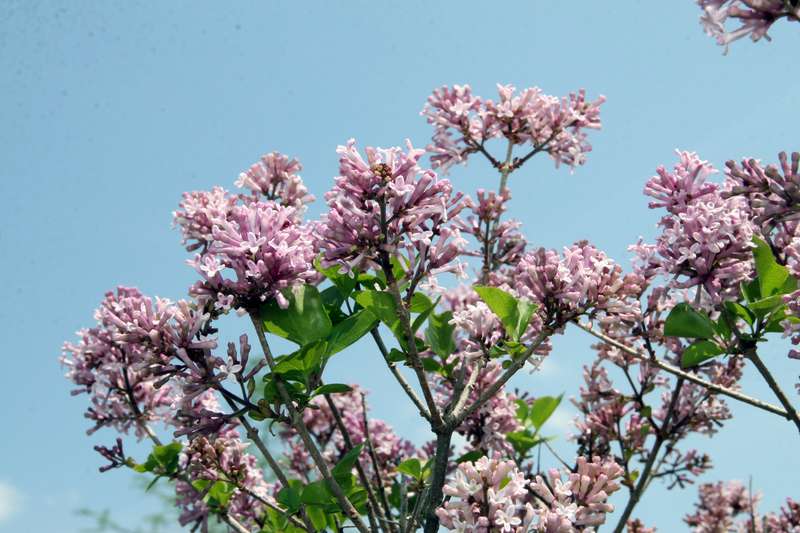
Another factor to consider when deciding where to plant your lilac bush is the seasonal aspect of your garden.
Sun Position Throughout the Seasons
Throughout the year, the angle of the sun changes, which can affect the amount of sunlight different areas of your garden receive. In spring, when lilacs bloom, make sure your chosen area will collect adequate sunlight despite any changing shadow patterns.
Planning for Seasonal Color
Lilacs generally bloom in late spring, adding lovely color to the landscape. Consider how their bloom time aligns with other plants in your garden. Planting early spring flowers like daffodils nearby can create a beautiful color transition leading into your lilac bloom.
Watering Needs

After selecting the right spot, it’s also important to consider watering needs, particularly in the crucial months after planting.
Establishing a Watering Routine
Lilac bushes require moderate watering, particularly in the first year after planting. Establish a consistent schedule during dry spells to promote healthy root development. However, ensure that the area doesn’t retain excess water, as soggy roots can lead to root rot, which lilacs are particularly prone to.
Observation and Adjustment
After the lilac is established, observe how much rain the area receives and adjust your watering schedule accordingly. Remember that mature lilacs generally tolerate drought well, so avoid overwatering, especially during humid months.
Incorporating Lilacs into Various Landscapes
While knowing the technical specifics of where to plant a lilac bush is essential, you can also think creatively about the settings in which these lovely shrubs will grow.
Urban Gardens
In urban settings, where space can be limited, consider planting lilacs in containers. Dwarf varieties can thrive in large pots, allowing you to move them around your patio or balcony for optimal sun exposure. Just ensure that your container has adequate drainage holes to help the roots breathe.
Rural or Naturalized Areas
If you’re tending to a more expansive garden or natural landscape, consider using lilac bushes as part of a flowering hedge. Not only does this create a natural border, but it also provides habitat for pollinators and other wildlife.
Enhancing Wildlife Habitat
Lilacs attract various butterfly species and beneficial insects, making them a great choice if you’re interested in creating a wildlife-friendly garden. To accentuate this benefit, plant other native flowering plants alongside your lilacs to create a thriving ecosystem.
Troubleshooting Common Issues
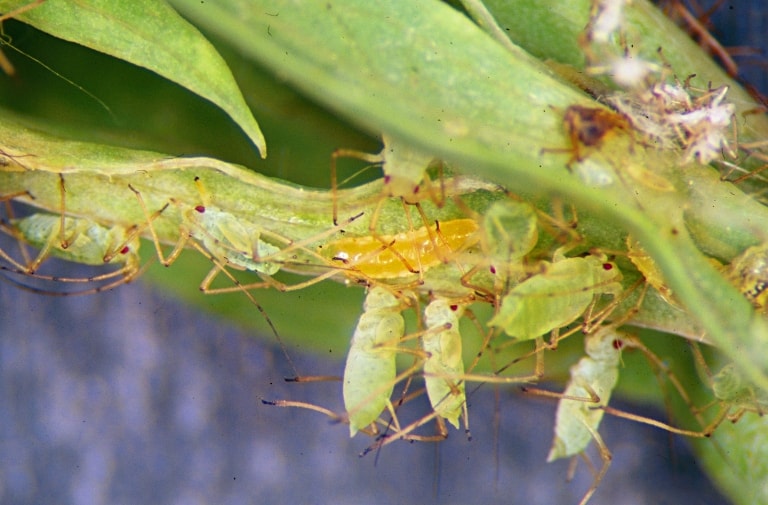
Even when all conditions are ideal, lilac bushes can face challenges. There are several common problems that you might need to address when planting and maintaining your lilacs.
Common Pest Problems
Keep an eye out for pests like aphids, lilac borer, and spider mites, which can affect the health of your lilac shrubs. Regularly inspecting your plants and using natural remedies, such as insecticidal soap, can help manage these infestations without resorting to harsh chemicals.
Fungal Diseases
Fungal diseases, such as powdery mildew, can also pose a challenge for lilacs, particularly in humid environments. Promoting good air circulation through proper spacing and avoiding overhead watering can help mitigate these issues. If necessary, applying appropriate fungal treatments can keep your plants healthy.
Conclusion
Planting a lilac bush can be an immensely rewarding endeavor, transforming your garden into a lively paradise filled with the enchanting fragrance of spring. By understanding where to plant your lilacs, considering factors such as sunlight, soil, space, and environmental protection, you’ll set the stage for flourishing blooms for years to come.



